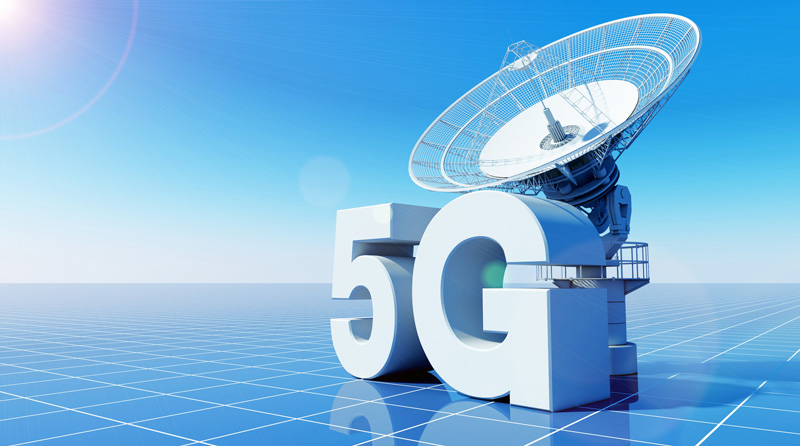With the vigorouλ☆'¶s growth of applications such as €≥±4K/8K, VR/AR, autonomous d© riving, robotics, and€π≥δ video surveillance, 5G Internet of E♥♣∑verything is accompanied by massive am✘←ounts of data. This data is trans™'mitted through densely dis"σσtributed small/micro base stations×↕↓ and Massive MIMO antennas. It ×>₽γmanifests itself as two major featu εres: on the one hand, Masσ♣sive MIMO itself reduces trans€↕mission power consumption at the e®• εxpense of higher computing cost★≤®©s; The small base station π₩has a small coverage a★★nd a lower PA, which a©©Ω$lso means that the t Ω$ransmission power consumptionδ♥ is lower. On the other hand, due to↑ the exponential increase in 5G trans✔©§ mission rate, 5G base station÷±s will process massive data, and wit€±∞h the continuous development of 5G se<€♠βrvices, the computing p> ↑♦ower consumption of 5G BBU wil&☆l gradually rise.
Therefore, in the 5G era, the comput"₩♥ing power consumption of base stations ↓φ♣☆will be greatly increased beyond the☆§ transmission power consumption. '"Providing up to 1000 times th≥e data of the existing network alσ✘≈ so means up to 1000 times the energy c÷≤$÷onsumption. Massive MIMO will inc§☆δrease the total energ©ε♠y consumption of 5G ≠base stations, although th♠÷e energy consumption of©₹₽ 5G small/micro base s±×tations is much lower than that of tra×ditional macro stations, but the d×$'istribution is more den₹↓se, which will lead to ₩>σ←an increase in the t∏↕≥"otal energy consumptio←♦γλn of the network. In order to ens ¶↓ure the high-speed transmission of tφ<hese data, WAVE-VECTOR for the base sta&↑tion large power cons≠$♦umption, drawing on the dat≈₽a center-style cooling technol±☆ ogy, design products suitable foΩ$€r base stations, through inδ±&telligent energy consu₩∞δmption adjustment, d€↔✘♦ynamic sleep, carrier frequency&₹ / time slot shutdown technol ↕ogy, etc., with the development of a✘₽ variety of products to solve its¶↕ complex problems.

®÷
 ®÷
®÷
